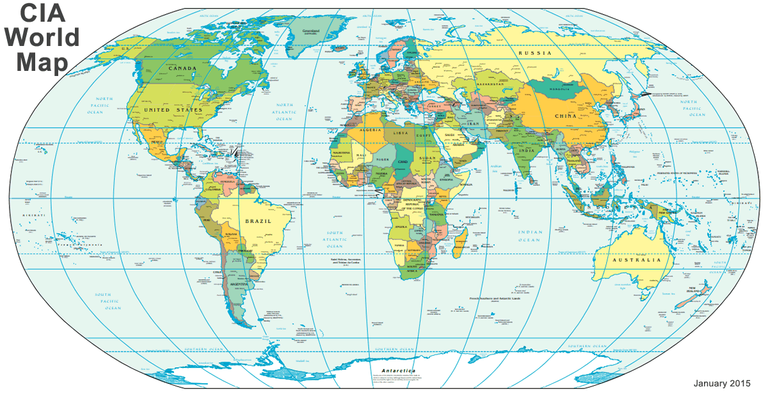EITA Divisions and Regional Chapters
- EITA's International Community
Our 30K+ team members are spread across 5 continents around the world.
- EITA-Global (Linkedin) team: a platform for researchers, scientists and entrepreneurs to share experiences, foster collaboration across industry and academia, and evaluate emerging technologies around the world.
- EITA-Asia Pacific (Facebook) team: a platform for the integration of Eastern and Global humanities and arts with science, engineering, medicine, and business.
- A Federated Nonprofit Organization
The Emerging Information Technologies Association (EITA) is a federated non-profit organization. A federated nonprofit organization is a network of independent, yet interconnected, entities that operate under a common mission and brand.
Each member organization of EITA maintains its own governance and operational autonomy while benefiting from the collective strength and resources of the federation.
EITA's organizational structure is divided into eight different divisions (Level 2 Management) and a number of regional non-profit chapters (separate and independent legal entities), as well as resident coordinators and their offices (Level 3 Management) within each division:
- An EITA's Administrative Divisions/Councils/Teams
- Venture Community and Venture Think Tank
- Young Investigator Forum
- North America Division
- Latin America Division
- Europe Division
- Indo-Pacific Division
- Africa Division
- Level 2 Management
Level 2 (second level) management is a middle-level management role that involves overseeing the operations of divisions within an organization.
Level 2 managers are accountable to top management for the performance of their teams.
Responsibilities of Level 2 Management:
- Execute plans: Carry out the plans of the organization, as directed by top management.
- Set goals: Establish goals and a vision for their division.
- Guide staff: Ensure that staff understand the organization's goals and provide advice to first-line managers (Level 1 Management).
- Evaluate performance: Assess the performance of junior managers and provide feedback to help them improve.
- Communicate: Ensure that managers and staffs are communicating with each other.
- Train staff: Participate in the training of lower-level managers.
- Report to top management: Provide timely reports and data to top management.
- Resident Coordinator's Office in A Foreign Country
EITA typically establishes a Resident Coordinator’s office (Level 3 Management) in a foreign country before setting up a regional chapter, as this enables them to gain in-depth local knowledge, build key relationships with key stakeholders, navigate the complex legal and regulatory environment, and ensure that their programs are aligned with local needs and priorities before committing to establishing a full-fledged chapter, thereby minimizing risk and maximizing operational efficiency.
The organization of a Resident Coordinator’s office is typically comprised of a Steering Committee and an Operating Committee.
The Steering Committee provides high-level oversight and strategic guidance for the project or program, while the Operating Committee is responsible for the day-to-day execution and implementation of the guidelines.
In essence, the Steering Committee "steers" through strategic direction, while the Operating Committee "drives" through executive decisions and tasks.
In the early stages of a newly formed Resident Coordinator’s office, the Steering Committee and the Operating Committee are combined.
- Resident Coordinators
A "resident coordinator" within an international development organization, like a non-profit, is considered the highest-ranking representative of that organization within a specific country, essentially acting as the primary point of contact and leader for all operations in that location.
Key characteristics about a resident (country) coordinator:
- Leadership role: They oversee all aspects of the division's work within the country, including project implementation, staff management, and engagement with local government and stakeholders.
- Representation: They act as the official representative of the organization in dealings with government officials, partner organizations, and the wider community.
- Coordination: Responsible for coordinating activities across different programs and departments within the organization operating in that country.


